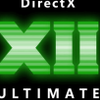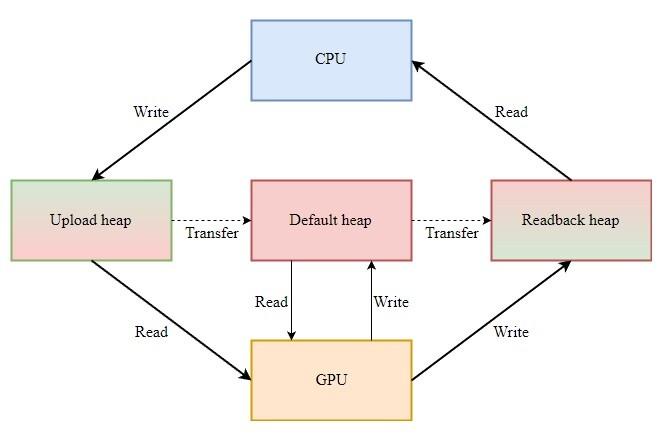Microsoft's DirectX 12 API has received a boost with the implementation of two new features via the Agility SDK 1.710.0 preview. GPU Upload Heaps and Non-Normalized sampling are new, with the former being the more noteworthy of the pair.
In the past, accessing a GPU's VRAM was impossible for the CPU, requiring programs to copy large data amounts to the GPU via the PCI bus. However, modern GPUs have introduced the VRAM resizable base address register (BAR) that allows Windows to manage the GPU VRAM in WDDM 2.0 or later. With the update, the CPU can directly access the pool of VRAM on the connected graphics card, eliminating the need to copy data between the two. This shared pool of memory will offer significant benefits in the context of computer games where memory requirements have grown in line with an increase in visual complexity.
This optimisation enhances performance in certain scenarios by allowing both the CPU and GPU to access memory simultaneously. It also eliminates the need to maintain duplicate game scenario data in both system memory and graphics card VRAM, resulting in a reduced data stream between the two locations. This development could revolutionize computer gaming by providing the CPU exclusive access to ultra-fast VRAM, possibly paving the way for DDR6 to become the daily standard in main system memory.
Currently accessible to developers only, the preview version is supported by the latest graphics drivers issued by AMD, Intel, and NVIDIA.


